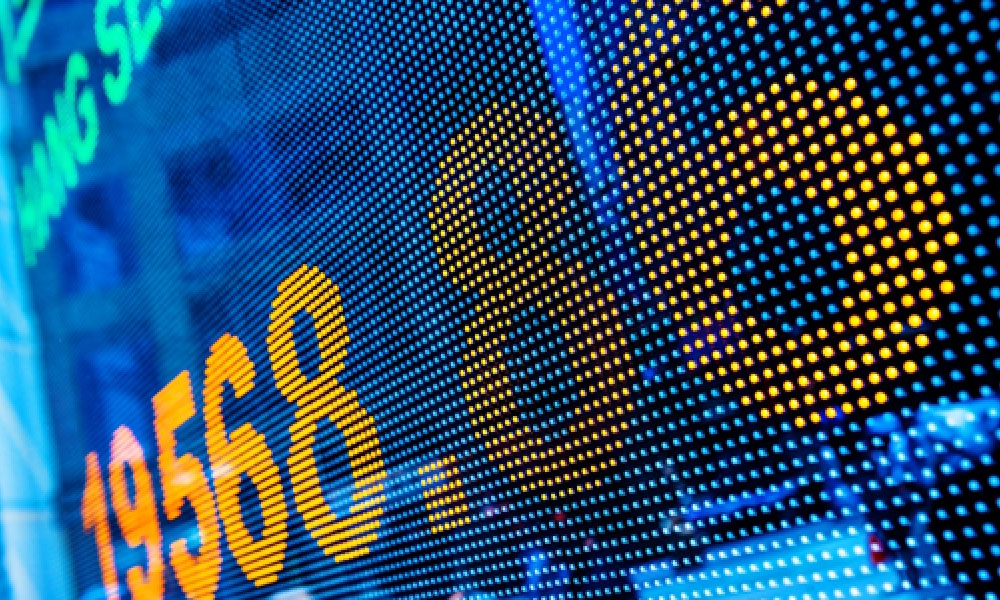Market concerns are popping up like acne on a pre-pubescent twelve-year-old as rising interest rates have resulted in US government debt yields hitting record-breaking highs. For those of you who are less than savvy in the government bond world, allow me to explain. For the sake of example, let’s say you just acquired a bond with a maturity of 10 years, a coupon of 10.0%, and you purchased the bond at par, investing $500. At the present moment of your purchase, your bond is worth the $500 that you paid for it. Additionally, thanks to your pal, interest rate (10.0%), you’ll receive annual interest of $50, plus a return on your bond once it has matured, meaning, when it has been 10 years. The nature of interest rates is that they fluctuate because of any number of reasons, and you, as an owner of a government bond, need to be concerned about this potential fluctuation. Let’s say interest rates rise to 15%. Because of this rise in interest, new government bonds will be sold with a 15% coupon, thus making your 10% bond worthless. When this happens, you panic and liquidate your bonds, thus driving the yield or amount realized by bond investor following their sale of bonds owned, higher and higher.
This is where our story begins.
The yield on several US government debt securities hit highs not seen in several years, on Tuesday. CNBC reports that
- the yield on the 10-year Treasury note (US10Y) rose above 3.25%, reaching its highest level since 2011
- the yield on the 30-year Treasury bond (US30Y) rove well above 3.43%, its highest level since 2014
Analysts are suggesting that bond yields are soaring, in the case of the 10-year, more than 20 basis points, due to a report released on Friday which suggests the US job market has the lowest unemployment rate in 49 years. Now, one would think that low unemployment is beneficial for our economy, and this is true in most cases. The report continues to suggest that the labor market is nearing full employment and wages are starting to increase as well. As wages trend higher, the bond market remains in the pressure cooker, causing yields to climb and the dollar to strengthen.
However, the key factor here is that when more jobs are created, people have the ability to spend more money and invest, and this increases the value of our currency. To account for this inflation, interest rates rise to counteract the increases, and those of us with bonds, like the example above, react and sell.
“Conventional wisdom holds that rising (interest) rates threaten equity valuations. … The question, then, is at what point rising rates become a burden”
–Jonathan Golub, Chief Equity Strategist at Credit Suisse
Attractive yields from the sale of government bonds can also result in investors electing to avoid more volatile equity market investments and look to placing their bets on the Treasury market. This disillusionment has resulted in the Dow Jones Industrial Average (DJI) dropping over 140 points in premarket trading early Tuesday morning. CNBC reports that the S&P 500 (SPX) has yet to post a single positive day since last Wednesday, suggesting that investors are concerned with the interest rate rises and how these increases will “derail the economy.”
Barry Bannister, head of institutional equity strategy at Stifel, has suggested that as the Fed raised interest rates for the third time this year, planning on doing so once more in December, this will ultimately cause rates to cross the “bear market trigger.” On Friday, Bannister wrote that:
“the Fed is already tighter than they realize, and as the dollar rises further and estimates are cut, the market will drop faster than the Fed can react.
The Treasury Department has reported that they plan to auction $36 billion in three-year notes and $23 billion in 10-year notes on Wednesday. This move follows President Trump’s valiant attempts to overcome our nearly $22 trillion national debt.
Soaring interest rates and bond yields, coupled with rising tensions between the Trump administration and our friends overseas, has resulted in downward trends in the US stock market. Many analysts are concerned for the fate of equities moving forward, going as far as to say that all this volatility brings us to the doorstep of a defensive market.





